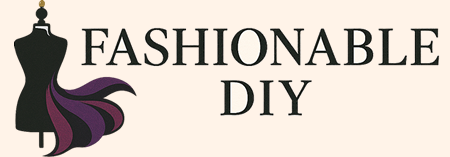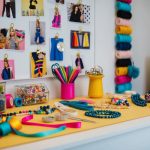Create Your Own Color Palette: Personalized Fashion
Developing a Custom Color Palette
Crafting a custom color palette is essential in establishing a brand identity and ensuring harmony in fashion choices. It involves a careful balance of harmony and contrast while maintaining cohesion within the chosen colors.
Balancing Harmony and Contrast
A successful color palette incorporates a dynamic mix of harmony and contrast. Harmony is achieved by selecting colors that naturally complement each other, often drawing from similar color families or analogous colors on the color wheel. This creates a soothing effect and can convey a sense of unity.
On the other hand, contrast adds visual interest and helps highlight specific elements. Using contrasting colors, such as those found on opposite sides of the color wheel, can make an outfit or branding material stand out. The key is to balance these opposing forces—harmony for unity and contrast for intrigue.
Designers often make use of color theory principles like complementary, split-complementary, or triadic color schemes to fine-tune balance in their palettes. This can result in beautiful products that catch the eye and communicate the desired message effectively. When executed well, contrast can lead to visually striking arrangements without losing cohesion.
Creating a Cohesive Palette
Cohesiveness ensures that all elements of the palette work toward a unified vision. This is crucial for both fashion and branding, where the colors chosen should reflect the identity or aesthetic goal. Before selecting colors, understanding the mood or message to convey helps guide choices.
Colors can be categorized into base, accent, and neutral tones. Base colors serve as the foundation, while accents introduce vibrancy and interest. Neutrals tie the palette together. Consistency across these categories fosters a cohesive appearance, whether in personal fashion choices or brand visuals.
Incorporating colors with similar undertones supports seamless integration. This ensures that the palette feels intentional rather than random. Furthermore, testing the palette in various contexts like prints, patterns, or digital media helps verify its effectiveness. A well-thought-out color palette not only enhances personal style but also strengthens brand identity.
Leveraging Color Tools and Resources
The world of color offers a range of tools and resources to help individuals create personalized fashion palettes. Technology provides several digital tools for exploring color combinations and generating custom palettes. Adobe Color stands out as a powerful platform for those looking to tailor their color choices effectively.
Digital Tools for Color Palette Creation
Various digital tools aid in crafting personalized color palettes. These tools often allow users to explore colors through virtual environments, enabling vibrant customization options. Using a palette generator or a color wheel can simplify the process of finding complementary shades.
Applications like Canva and Coolors offer intuitive interfaces. Users select or adjust colors by sliding scales or inputting specific codes. Some tools even integrate with other digital design platforms, facilitating seamless transfer of color data. Such programs empower users by providing endless possibilities to refine their fashion statements.



